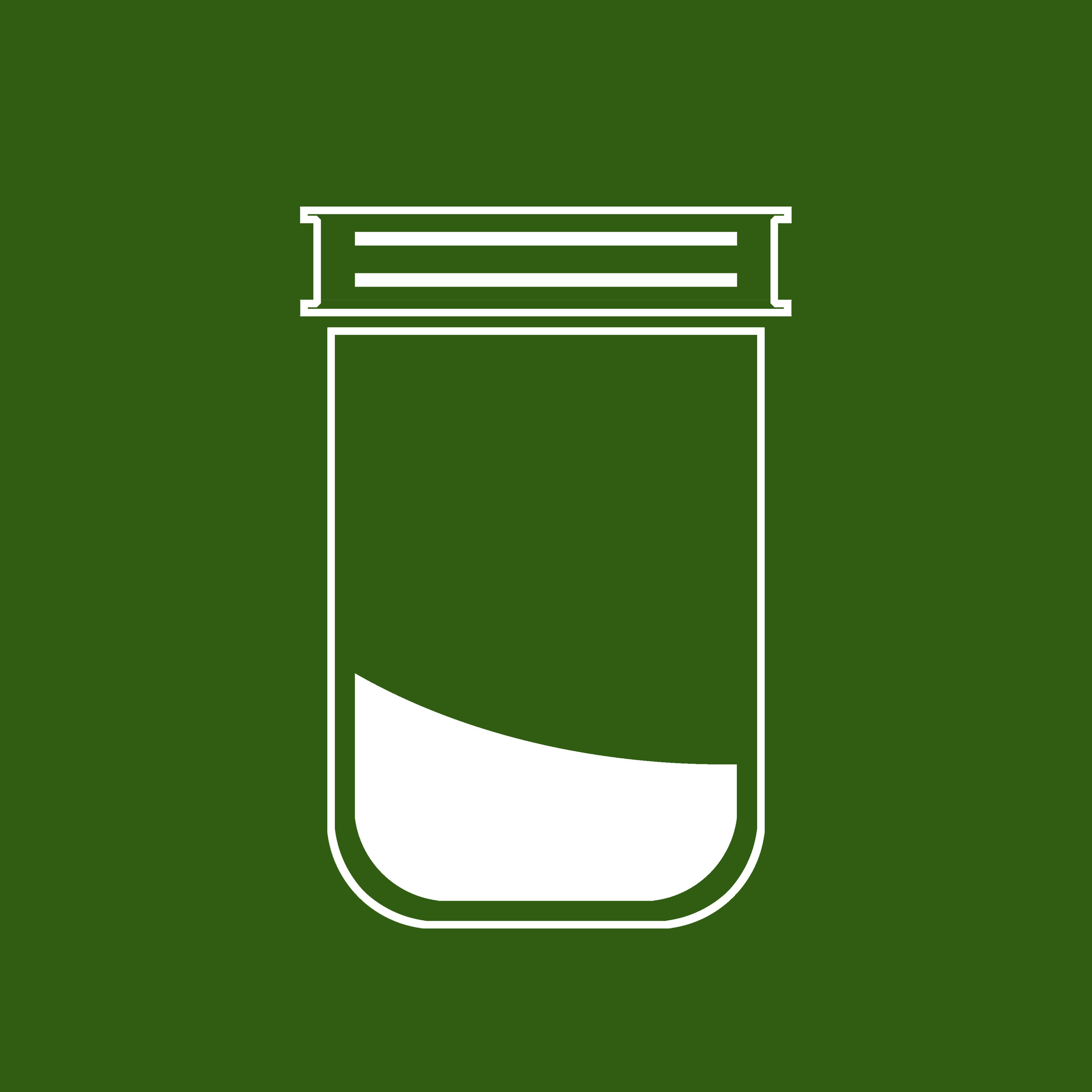Storing Your Food Sustainably
Food storage is a constant but nearly invisible part of our daily lives. Whether it’s take-out from a local restaurant, leftovers from last night’s dinner, or half-used produce we’re hoping to hold on to for a bit longer, we rely on a huge array of different vessels to protect our food and elongate its life and freshness. That said, these containers have become so convenient to obtain and second nature to use that we seldom give ourselves a moment to think before we scrape leftovers into tupperware, grab a plastic bag from the restaurant, or wrap our half-cut honeydew in cling-wrap. And who can blame us? The last thing on anyone’s mind when they find a gorgeous eggplant at the market is “do I have a tupperware or jar large enough to store this if I don’t eat this all at once?” And yet, here we are, talking about sustainable food storage. Why? Because, while the weight of our environmental crises should not fall on the back of responsible individuals, those who wish to make a difference in their everyday lives know that there’s always room for improvement, and a little due diligence and preparation can not only help the environment but can probably save you some money along the way.
We’re going to take a quick dive into some strategies to help make the way you store and carry food more sustainable, and cheaper in the long run. There are so many different directions you can go with this, and none of them are more “correct” than another, so we hope you chose one that’s right for you and stay patient with yourself if you find breaking old habits to be harder than you thought!
Step 1: Use what you have.
The most sustainable product is (probably) the one you already own. “Eco-friendly” companies, while often well-intentioned and positive for our environment and culture, have one fatal flaw in their mission: no matter how sustainably sourced their product is, they still use natural resources to make it. Additionally, they can often require hundreds of uses before they become net beneficial for the environment. So, before you go and buy the latest and lowest-impact containers out there, take an assessment of what you already have in stock, and what you can save from being thrown away. If you already have ziplock bags or plastic cling wrap, it’s best to #UseItUp and make a plan for buying something different when you run out, rather than throwing it out to make room for something more “sustainable.”
For example, any tupperware you already own, or any that inadvertently come your way via take-out or potluck can be thoroughly cleaned and added to your armory of containers! It’s worth mentioning that low-grade plastic can degrade over time, and should not be heated excessively (like in the microwave), but it’s certainly worth keeping on hand while it’s still in good shape, and recycling once it’s lived its life.
Additionally, don’t be afraid to get thrifty and creative with your containers! Not everything has to go in a tupperware or a ziplock bag. For example, I use Mason jars and old Talenti (store-bought gelato) containers for everything from half-used produce like onions, peppers, and carrots, to leftover tofu, rice, beans, chili, and more! If it fits, it ships (to my refrigerator)!
Step 2: Buy products for the long haul.
If you’re finding that what you already have either isn’t enough, or isn’t doing all the jobs you need (a tupperware isn’t a ziplock, and eventually you’ll run out of that roll of cling wrap), focus on buying products that last. Whenever possible, stay away from single-use products! I know what you’re thinking: “Ok I’m sure there are some trendy, sustainable tupperware containers out there that last a thousand years (yet somehow biodegrade), but what do you expect me to believe is going to replace the thin and versatile magic that is ziplocks and cling wrap?” Yee of little faith. Check out some options below:
Alternatives to thin, plastic tupperware:
Glassware is a great, long-lasting, (often) heat-proof option that stacks neatly and gives you a sneak preview every time you open the fridge! Here are a few examples.
Steelware is another great option. While less sustainable than other materials, it can take quite a beating and last incredibly long. Here’s an example.
Bambooware is a newer option. Built for the long-term, this sustainable material is also biodegradable if/when you do choose to discard it. Here’s an example.
Alternatives to plastic cling wrap:
Cling wrap can be used for many things but it’s most commonly used to cling and securely enclose the outside of food and/or open food containers/surfaces (like bowls and plates). Beeswax food wraps are awesome, reusable options that offer the same clinginess and pliability that has made cling wrap so ubiquitous. Here are a few examples.
If you find yourself mostly needing it for enclosing open bowls/plates, another great option is reusable bowl covers. These covers are often made of silicone and can stretch and secure the lid of a wide range of bowls, cups, pots, and other food vessels. Here are a few examples.
Alternatives to ziploc bags:
Ziploc bags are amazing because not only can they provide the thin barrier you need to protect your food from the outside world on short excursions, but they are so loose in form that they don’t take up much space and can conveniently fit in all of the strange gaps in your bags or refrigerator. Well, let me introduce you to the silicone food bag. These things are not only thin and flexible, but they’re orders of magnitude more resilient than ziplocs (and thus won’t tear if tugged, stretch and break if overfilled, or melt if filled with hot contents). Here are a few examples. And one more.
Alternatives to plastic bags:
It can feel like second nature to wrap your produce or breads in plastic bags before storing them in your refrigerator. But it doesn’t have to be so! You can often instead use fibrous bags for your produce or bread that can protect them, keep them fresh, and actually stop them from rotting by letting excess moisture escape!
We hope you found some strategies of use in everything we just laid out. Reach out to us if you have any food storage tips or creative strategies you’ve incorporated into your own life! We’d love to share!



